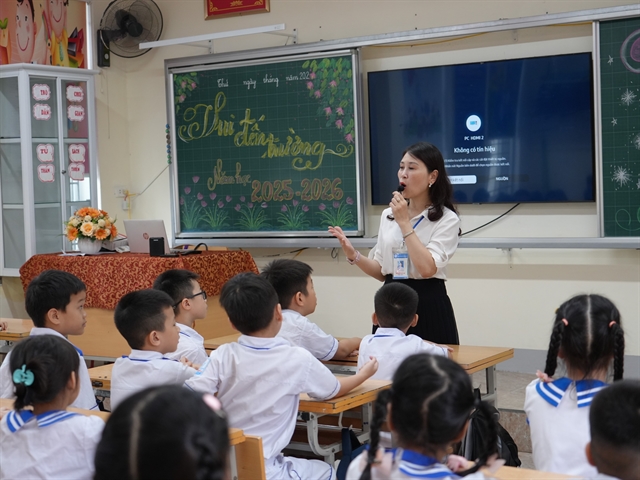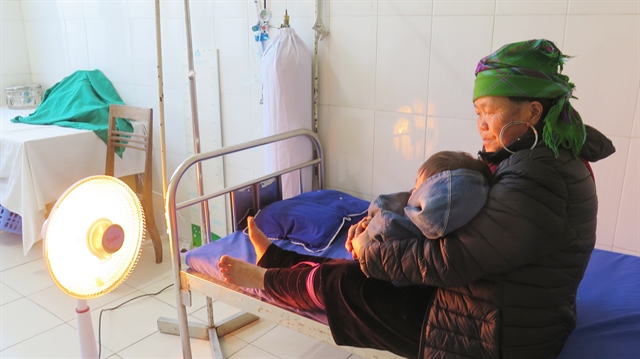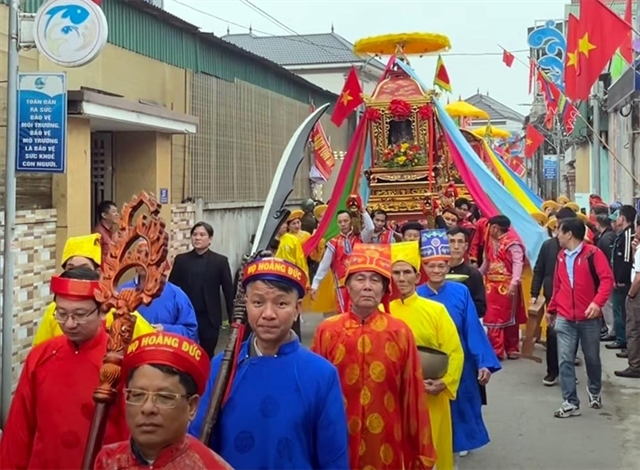 Life & Style
Life & Style
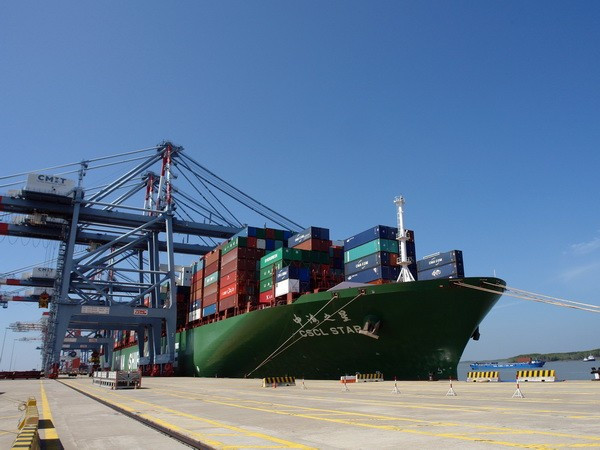
Chairman of the Hà Nội’s People Committee Nguyễn Đức Chung has asked the capital city’s cultural and historical management agencies to accelerate the preservation and restoration of Hà Nội Ancient Citadel and Cổ Loa Citadel, ensuring the original and sustainable values of the city’s historical relics.
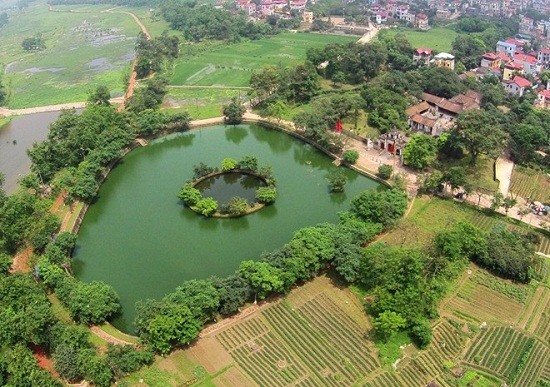 |
| The ancient well of Cổ Loa Citadel. — Photo vietnamnet.vn |
HÀ NỘI — Chairman of the Hà Nội’s People Committee Nguyễn Đức Chung has asked the capital city’s cultural and historical management agencies to accelerate the preservation and restoration of Hà Nội Ancient Citadel and Cổ Loa Citadel to ensure the original value of the city’s historical relics.
The city leader made the order at a conference held in Hà Nội on Thursday to review a plan to preserve and restore Cổ Loa - Hà Nội’s oldest citadel and one of the oldest relics of Việt Nam.
Trần Việt Anh, director of the Thăng Long- Hà Nội Preservation Centre, said on Thursday that last year, with support from the scientific research and consulting council for Hà Nội’s Cổ Loa and ancient citadel preservation, the centre had fulfilled its mission to solve problems in researching and preserving the heritage.
Also last year, the official said, the centre worked with the Institute of Archeology to explore nearly 1,000 square metres east of Kính Thiên Temple.
As a result, the excavation helped unearth a large artificial water flow in the north-south direction in the late Lê Trung Hưng Dynasty, according to Việt Anh.
The official also revealed a brick foundation and a drainage system dating since the Lý dynasty, and many relics of different periods from the Đại La to the Nguyễn dynasties were found during the excavation.
Speaking at the conference, historical professor Lê Văn Lan said the cultural and historical values of Thăng Long Imperial Citadel and Cổ Loa Citadel were very clear.
“In order to improve the quality of conservation and promotion of the monument’s value, the centre should set up a centralised management and education mechanism to increase awareness and understanding of people of the city’s cultural and historical values,” said Lan.
Recognising opinions of scientists and historians at the conference, the city’s People’s Committee chairman said the centre had fulfilled its tasks in holding events that provide a wide range of information for people about the value of the relics, however, it still lacks a detailed preservation plan for the site.
He asked the centre to focus more on setting up such a plan this year for the site to meet the increasing demand of tourism services and other cultural and historical purposes.
A master plan on preservation and restoration of Cổ Loa Citadel in Hà Nội to develop the site into a historical, ecological and humane park was approved in 2015 by then Prime Minister Nguyễn Tấn Dũng.
Under the plan, Cổ Loa Citadel will become a national historical-cultural relic site and one of the main parks in the capital, which will cover about 860ha in Đông Anh District.
The follow-up steps will include conducting a survey of the projected area and identifying major values of the citadel in the national relic system.
Solutions to preserve the architectural features of tangible heritages, including three wall-layers of the citadel, gates, communal houses, temples and other inner venues, will be included.
In addition to that are solutions to use the relic space for tourism and improve the living condition of residents in the area.
Cổ Loa Citadel was built near Phong Khê, about 20 km to the north of today’s Hà Nội, during the end of the Hồng Bàng Dynasty (about 257 BC).
Covering nearly 500ha, the citadel is a place of worship for King An Dương Vương and Princess Mỵ Châu, who are mentioned in the magic crossbow legend that has been woven into the history of Vietnamese people.
According to folklore, An Dương Vương founded the ancient Vietnamese state of Âu Lạc and chose Cổ Loa as the capital city. — VNS
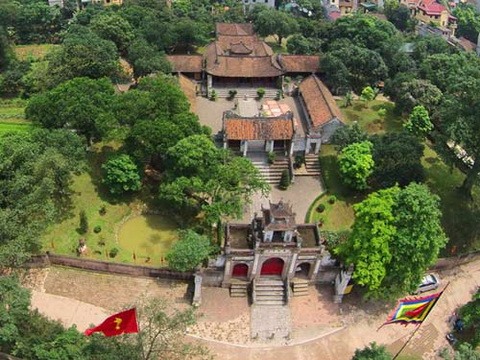 |
| Cổ Loa Citadel today. — Photo vietnamnet.vn |


